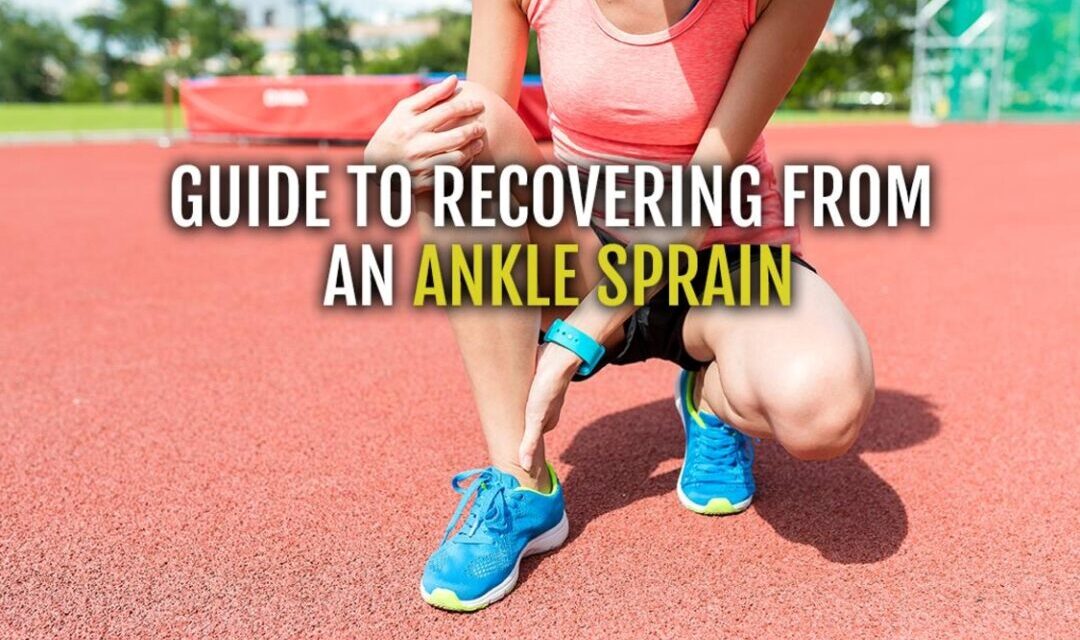Introduction to Ankle Sprain Recovering
An ankle sprain is a common injury that occurs when the ligaments in your ankle are stretched or torn. It can happen during physical activities such as sports, exercise, or even something as simple as walking on an uneven surface. Recovering from an ankle sprain requires time, patience, and proper care. This article will guide you through the process of recovering from an ankle sprain, including understanding the anatomy of an ankle sprain, how to treat it, when to see at Shanti Physical Therapy, and How our best exercises to help restore strength and mobility to your ankle.
Anatomy of an Ankle Sprain
To understand how to recover from an ankle sprain, it’s important to know the anatomy of the injury. The ankle joint is made up of three bones: the tibia, fibula, and talus. Ligaments hold these bones together and provide stability. When a sprain occurs, it usually affects the lateral ligaments on the outside of the ankle, specifically the anterior talofibular ligament (ATFL), the calcaneofibular ligament (CFL), and the posterior talofibular ligament (PTFL). The severity of a sprain can range from mild (stretching of the ligament) to severe (complete tear).
How to Treat a Sprained Ankle
The first step in recovering from an ankle sprain is to follow the R.I.C.E. method, which stands for Rest, Ice, Compression, and Elevation.
Rest: Immediately after the injury, it’s crucial to avoid putting weight on the affected ankle. Resting allows the ligaments to heal and prevents further damage.
When to contact at Shanti Physical Therapy
While most ankle sprains can be treated at home, there are instances where you should seek medical attention:
Severe pain or inability to bear weight on the injured ankle.
Significant swelling, bruising, or deformity.
Numbness or tingling in the foot.
Summary
Sprains are common and usually heal on their own. However, severe sprains that completely sever the ligament may require months of healing and possibly surgery.
Do not ignore the pain of an ankle sprain or assume that there is nothing a doctor can do. Prompt treatment can speed recovery and reduce the risk of a chronic or secondary injury.




